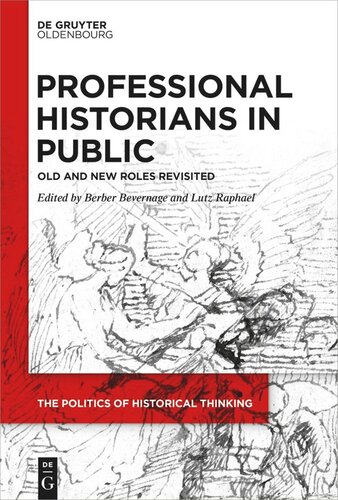

Most ebook files are in PDF format, so you can easily read them using various software such as Foxit Reader or directly on the Google Chrome browser.
Some ebook files are released by publishers in other formats such as .awz, .mobi, .epub, .fb2, etc. You may need to install specific software to read these formats on mobile/PC, such as Calibre.
Please read the tutorial at this link: https://ebookbell.com/faq
We offer FREE conversion to the popular formats you request; however, this may take some time. Therefore, right after payment, please email us, and we will try to provide the service as quickly as possible.
For some exceptional file formats or broken links (if any), please refrain from opening any disputes. Instead, email us first, and we will try to assist within a maximum of 6 hours.
EbookBell Team

4.8
24 reviewsThe past decades public interest in history is booming. This creates new opportunities but also challenges for professional historians. This book asks how historians deal with changing public demands for history and how these affect their professional practices, values and identities. The volume offers a great variety of detailed studies of cases where historians have applied their expertise outside the academic sphere. With contributions focusing on Latin America, Africa, Asia, the Pacific and Europe the book has a broad geographical scope.
Subdivided in five sections, the book starts with a critical look back on some historians who broke with mainstream academic positions by combining their professional activities with an explicit political partisanship or social engagement. The second section focusses on the challenges historians are confronted with when entering the court room or more generally exposing their expertise to legal frameworks. The third section focuses on the effects of policy driven demands as well as direct political interventions and regulations on the historical profession. A fourth section looks at the challenges and opportunities related to the rise of new digital media. Finally several authors offer their view on normative standards that may help to better respond to new demands and to define role models for publicly engaged historians.
This book aims at historians and other academics interested in public uses of history.